Are you curious about the distinction between level 1, level 2, and level 3 credit card processing? Wondering if your business needs level 3 processing capabilities, or if such technology is even worth the trouble? If so, then this article is for you. Read on to learn more about this important yet frequently misunderstood topic.
Processing levels explained.
The difference between processing levels is a matter of how much information must be put into the credit card processing system.
Level One Processing
Level 1 processing is the simplest form of payment. In fact, the only information needed for a level 1 transaction is the merchant name, the transaction amount, and the date. Because level one transactions are quick and easy, they have usually used for business-to-customer (B2C) transactions. Unfortunately, less information means an easier authorization, which means an increased risk of fraud and illicit transactions. For this reason, level one processing comes with the highest rates.
Level two processing.
Level 2 processing is a more involved type of payment method, requiring additional verification information such as tax amount, merchant postal code, merchant state code, and more. This allows businesses and government organizations more control over how their cards are used — which is why level 2 processing is used most frequently in business to business (B2B) transactions. As you probably guessed, more information equals more security, which means level 2 processing often comes at a lower cost than level 1 processing.
Level 3 processing.
Level 3 processing is the most information-dependent type of payment processing. It allows for optimal reporting, maximum control, and the highest level of security. It is mostly used for corporate and government transactions and offers the lowest transaction rate. “LTI” or Large Ticket Interchange must be processed in a Level 3 environment. Corporate and Purchasing card (P-Cards) are the common cards used in Level 3 processing; these cards allow more information to be passed on with the transaction than general credit cards do, as the transactions move through the payment process.
Processing Level 3 Payments.
Level 3 payments have been around for quite some time, but many merchants are not familiar with how it works. Merchants who process Level 3 transactions must have specific equipment that can process all the fields required for Level 3. Because of this, a countertop terminal simply will not do, a payment gateway is what is needed. When picking a payment gateway to assist you with Level 3, it is wise to find a payment solution that offers Tokenization. This security feature assigns a “token” to each credit card number that is processor specific and allows for safe passage of the card information as it travels to the processor, acquiring bank and back again. Level 3 processing affords large corporations and government agencies the ability to keep a closer eye on internal spending.
Level 3 Processing – You Give More, You Get More.
The age-old saying, “You can’t have your cake and it too” applies to credit card processing; you can’t have everything at zero cost and zero work. The balance must be made between cost savings, security, big data information, and benefit. We mentioned above that Level 3 saves money on processing but increases the amount of information required by the merchant. Below we will go over the amount of information required for each level and what a saving could look like by each level for the large transactions. So, when you think of Level 3, remember, if you give more, you get more. The more information you can provide, the more savings you will have per transaction. For a better understanding of the “Give More, Get More” idea, look at the diagrams below.
Some Things To Take Note Of
- Visa and MasterCard vary slightly in their rates for Level 3 processing, as well as the information requirements they want to be collected at the time of the transaction to qualify for lower rates.
- Commercial credit cards can process at Level 2 & Level 3, however, if all the data requirements are not met, the transaction will process at Level 1.
- Standard credit cards will always process in Level 1.
- Level 2 & Level 3 processing requires a payment gateway.
The Decision Is Yours
Hopefully, the information you have received from this article will help you decide if Level 3 processing is right for you. If you are still deciding if Level 3 is right for your business and you accept Corporate & P-Cards, then the answer is, Yes! The savings are worth the extra steps of the transaction process if you take corporate or purchasing cards. For some corporations, one large transaction on a P-card per year can offset the investment in time and merchant costs to process with Level 3 rates.
Here at NXGEN we offer Level 1, Level 2 and Level 3 processing to our merchants and can help recommend which level is best for you and your business. Our dedicated team will help review your processing, the cards you are accepting and build a custom merchant package just for you.
Are you looking to give your business Level 3 processing capabilities? Visit NXGEN online and learn how to make payment processing easier, faster, more convenient, and more affordable than ever before.

